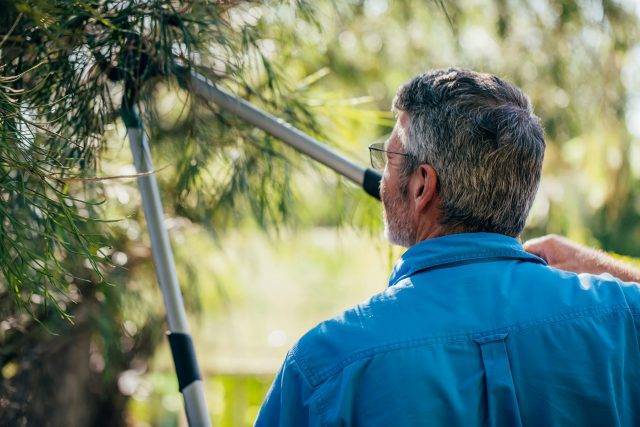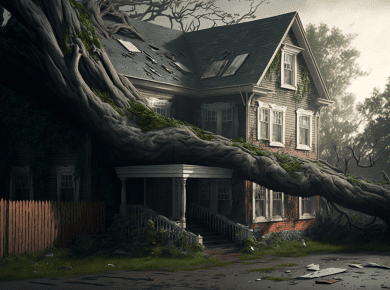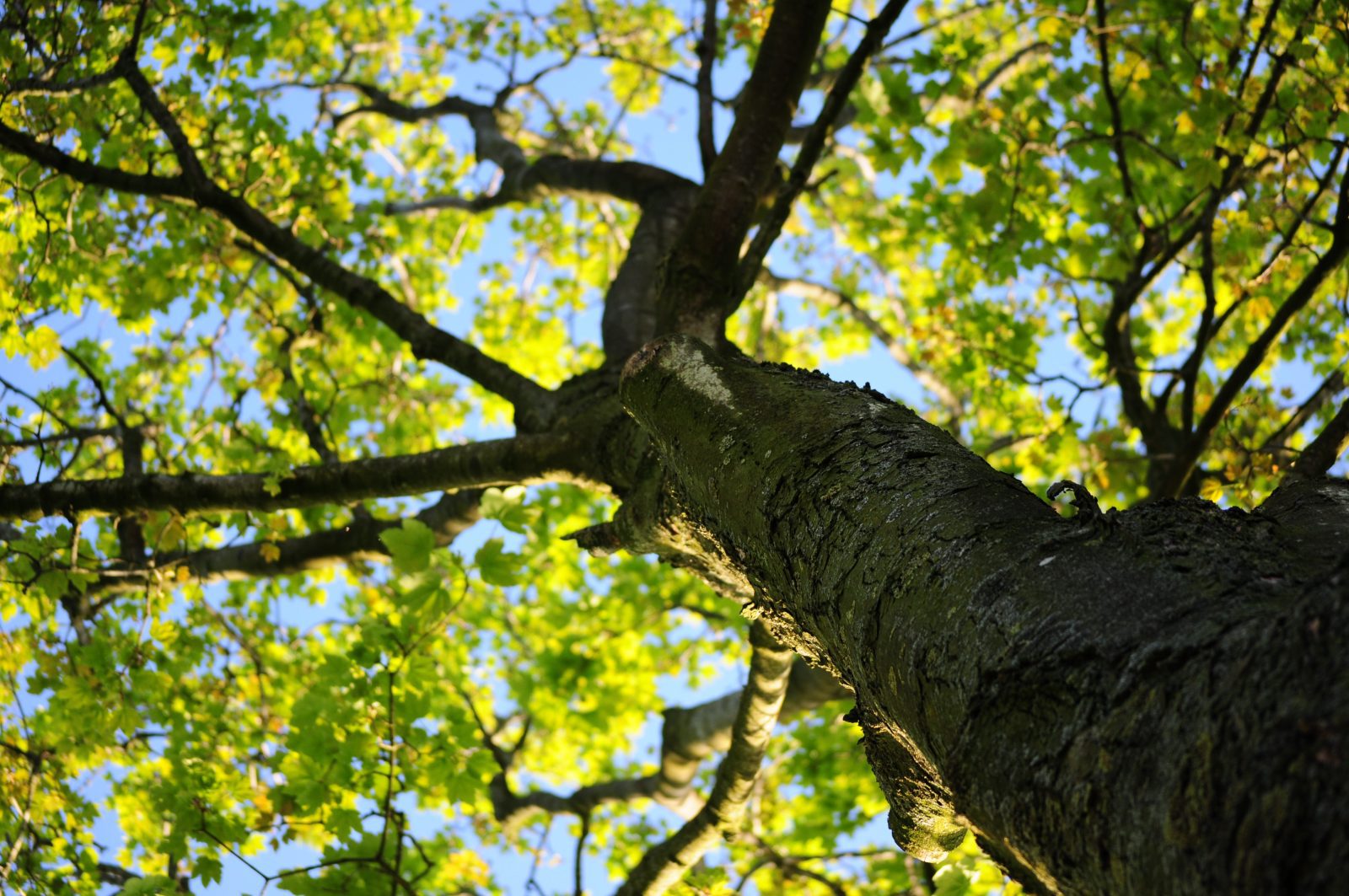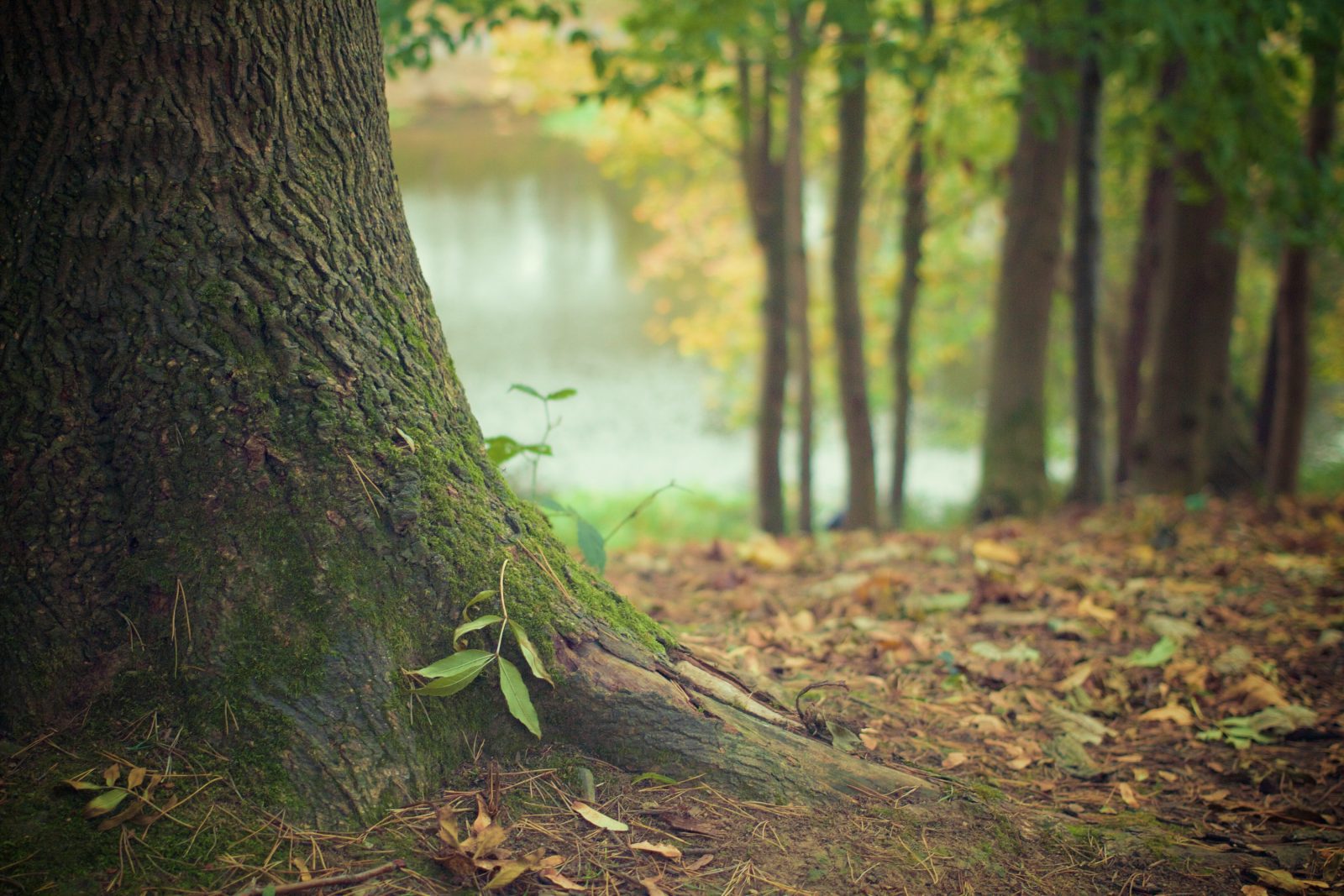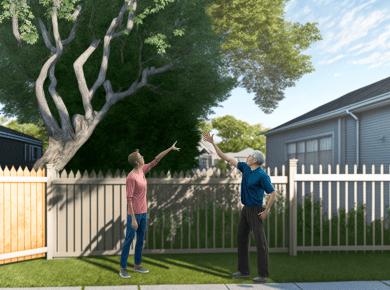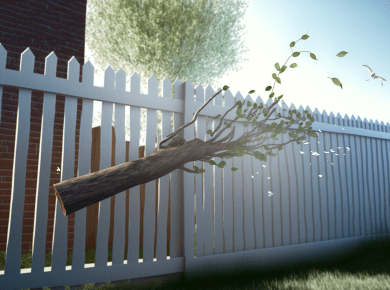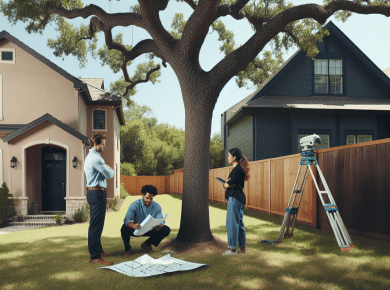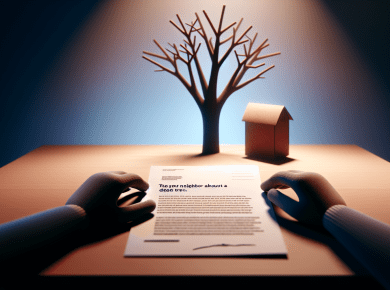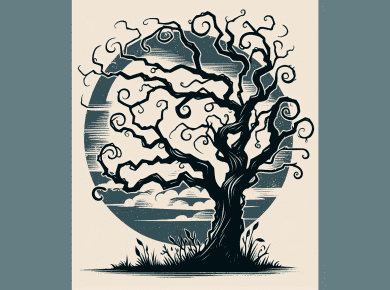Assessing Tree Health
Understanding the health of trees neighboring one’s property is essential for ensuring safety and preventing damage. Regular assessments can provide valuable insights into the condition of the trees and guide necessary actions.
Importance of Tree Inspections
Tree health inspections play a critical role in identifying potential hazards posed by trees that might threaten nearby properties. Regular inspections are recommended every three years. However, urgent inspections should be scheduled in situations like droughts, heavy storms, or noticeable decline in tree health. These inspections can help in reducing risks and minimizing maintenance costs associated with tree upkeep.
Key benefits of tree inspections include:
- Early identification of disease or damage, preventing further deterioration
- Assessment of the structural integrity of trees, determining the risk of falling branches or complete tree collapse
- Informed decision-making regarding tree removal or maintenance, thereby protecting property and personal safety
Cost of Tree Health Assessments
The cost of tree health assessments can range significantly based on several factors, including the specific needs of the assessment, its purpose, and the expected results. Typically, costs can fall between $40 and $450. Some arborists may offer free assessments, but these often do not include a formal report, which can be crucial for record-keeping and legal purposes (Atlas Tree).
| Type of Assessment | Estimated Cost |
|---|---|
| Standard Assessment | $40 – $450 |
| Arborist’s Free Assessment | Cost of report may be additional |
Conducting a tree assessment not only ensures the well-being of the tree but also provides peace of mind for neighbors concerned about the implications of a dangerous tree. For concerns about a neighbor’s tree, individuals may find it beneficial to explore related topics such as what to do if a neighbor cuts down trees on your property or seek guidance on who is responsible for cutting overhanging tree branches.
Dealing with Hazardous Trees
When confronted with a neighbor’s dangerous tree, it is crucial to understand how to properly identify tree hazards and the appropriate actions to take.
Identifying Tree Hazards
To determine whether a tree poses a hazard, individuals should look for specific signs of deterioration. The following criteria indicate a potentially dangerous tree:
| Hazard Signs | Description |
|---|---|
| Decaying Trunk | A trunk exhibiting signs of rot or significant decay can indicate instability. |
| Dangling Limbs | Limbs hanging perilously can fall and cause injury or damage. |
| Major Trunk Breaks | Severe splits can compromise a tree’s structural integrity. |
| Glaring Issues | Obvious problems like extensive damage or disease should prompt concern. |
Consulting an arborist is advisable if any of these warning signs are present (Atlas Tree). An expert can conduct a thorough assessment and provide recommendations for addressing the situation.
Actions for Hazardous Trees
Upon identifying a hazardous tree, there are several actions that can be taken to ensure safety:
- Removal: If the tree is deemed unsafe, removing it completely may be necessary.
- Pruning: Cutting back dangerous limbs may help to mitigate risk without removing the entire tree.
- Bracing and Cabling: Support mechanisms can stabilize weakened trees, prolonging their life while improving safety.
- Fencing: Installing barriers around the tree can protect property and individuals from potential hazards.
City governments may also intervene in cases of dangerous trees by mandating their removal or imposing fines. Neighbors should be aware that utility companies can assist in managing trees threatening infrastructure, such as power lines.
If a neighbor refuses to address a hazardous tree, legal options exist. By demonstrating that the tree is a nuisance, one can potentially initiate a lawsuit requesting the court to enforce pruning or removal. This underscores the importance of monitoring neighboring properties and knowing what steps to take if a tree threatens safety or property. For additional communication strategies regarding neighbor trees, review our guide on sending a letter to neighbor about tree.
Legal Aspects of Neighbor’s Trees
Understanding the legal implications involved with a neighbor’s tree is crucial for homeowners, especially if a dangerous tree poses a threat. This section provides insights into liability for tree damage and ownership concerns with fallen trees.
Liability for Tree Damage
When a neighbor’s tree falls onto another property, liability can hinge on the tree’s health and the neighbor’s knowledge of its condition. If the tree is diseased, weak, or classified as “patently dangerous,” the neighbor may be held responsible for damages caused. Conversely, if the tree was healthy and the neighbor was unaware of any issues, they might not be liable.
| Condition of Tree | Neighbor’s Liability |
|---|---|
| Diseased or Weak | Likely liable for damages |
| Patently Dangerous | Likely liable for damages |
| Healthy and Unaware | Not liable for damages |
Ownership of Fallen Trees
Ownership rights concerning fallen trees can be complex. Trees that grow on the property line are considered shared property between neighbors. This means that any action regarding these trees requires consent from both parties. If a boundary tree falls, both neighbors typically have ownership rights over the debris.
For trees that fall entirely onto a property, the neighbor should discuss ownership and debris removal before claiming timber or firewood derived from the fallen tree. Failure to communicate could lead to disputes over ownership and cleanup responsibilities.
| Tree Type | Ownership Rights |
|---|---|
| Boundary Tree (on property line) | Shared ownership |
| Tree Falls on Neighbor’s Property | Neighbor must discuss ownership with the other party |
| Debris from Fallen Tree | Typically belongs to the neighbor on whose property it fell |
For more information about what actions to take if a neighbor’s tree is hazardous, refer to our article on what can I do if my neighbor has a dangerous tree. Understanding these legal aspects can help neighbors navigate their rights and responsibilities regarding trees and property damage effectively.
Addressing Neighbor’s Trees
Addressing concerns about a neighbor’s tree can be a sensitive issue. It involves not only clear communication but also awareness of potential legal options if the situation does not improve.
Effective Communication
One of the first steps in dealing with a hazardous tree is to engage in open and respectful dialogue with the neighbor. If there are concerns about the tree’s health or safety, it is beneficial to request that the neighbor hire a certified arborist for an inspection. This not only helps evaluate the tree’s condition but also provides an opportunity to be present during the assessment for peace of mind (Lawn Love).
If the neighbor declines to take action after the inspection, sending a formal letter might be necessary. In this letter, the individual should express their concerns clearly and outline potential legal actions they are considering. This step may encourage the neighbor to address the issue more seriously. Assistance in drafting such letters can be found by exploring our resources on letter to neighbor about tree and sample letter to neighbor about tree removal.
Legal Action Options
If discussions do not yield results, exploring legal options may become necessary. Consulting with a lawyer is advisable when there is no response to the communication attempts. Depending on the severity of the situation, one option may include filing a nuisance claim in court if the tree substantially interferes with enjoyment of personal property (Lawn Love).
It is important to note that individuals have the right to trim branches that extend over their property, but they must refrain from stepping onto the neighbor’s land or damaging the tree itself.
In instances where a neighbor has intentionally harmed another person’s tree, they may face serious legal repercussions. State laws often impose penalties that can amount to two or three times the actual damages, which serves as a deterrent against wrongful actions.
Addressing a neighbor’s dangerous tree requires a balance of effective communication and an understanding of legal rights. By being proactive and informed, it is possible to navigate these situations more smoothly. For additional guidance on managing such disputes, consider reviewing our article on what to do if a neighbours tree is affecting you.
City Regulations on Trees
When dealing with your neighbor’s dangerous tree, understanding the city regulations can be crucial. These regulations often determine whether a tree can be removed and under what circumstances.
Tree Removal Permits
Most cities require property owners to obtain permits before removing trees, especially those of significant size. For instance, in Atlanta, any hardwood tree species with a diameter of six inches or larger must have a permit to be cut down. Pine trees that are 12 inches or more in diameter also require a permit. This regulation aims to protect tree populations within the city (Tree Removal).
Here are some sample requirements for tree removal permits across various cities:
| City | Tree Size Requirement | Permit Needed |
|---|---|---|
| Atlanta | Hardwood ≥ 6 inches | Yes |
| Atlanta | Pine ≥ 12 inches | Yes |
| Albany, NY | Circumference ≥ 6.5 feet | Yes |
| Minneapolis | Varies; check local rules | Yes |
| Philadelphia | Overhanging trees | Notice issued after 30 days |
| Columbia, SC | Grand trees; specific rules | Yes |
City Intervention with Hazardous Trees
Many cities have provisions to address hazardous trees that pose an imminent threat to public safety. In Albany, for example, city officials may enter private property to remove trees that are deemed dangerous, provided they give the owner a 30-day notice. Similarly, Minneapolis regulations allow the city to judge whether a tree is a hazard to other trees or people, even granting the authority to remove such trees if necessary (Tree Removal).
In Pennsylvania, the city of Philadelphia has policies regarding trees that overhang onto public spaces or neighboring properties. If a tree is reported as a hazard, the city’s enforcement officer can issue a notice to the owner. If the issue is not resolved in 30 days, the city may take action to prune or remove the tree.
Understanding what city regulations exist can inform neighbors about their rights and responsibilities when addressing dangerous trees. If you’re unsure of what to do if a neighbor has a dangerous tree, investigating local regulations and obtaining legal help can provide clarity on how to proceed. For more information on neighborly communication regarding trees, check out our articles like letter to neighbor about tree and what to do if a neighbors tree is affecting you.

